Themed collection Fundamentals of Nanocrystal Formation

Fundamentals of nanocrystal formation
Welcome to this CrystEngComm themed issue entitled “Fundamentals of Nanocrystal Formation”.

CrystEngComm, 2015,17, 6778-6779
https://doi.org/10.1039/C5CE90141C
Fundamental growth principles of colloidal metal nanoparticles – a new perspective
In the past few decades, much effort was put into the development of synthetic strategies to produce nanoparticles of different sizes and morphologies and a large number of scientific contributions are dedicated to the characterization and application of metal nanoparticles.
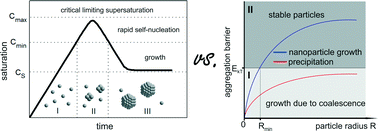
CrystEngComm, 2015,17, 6809-6830
https://doi.org/10.1039/C5CE01014D
Nanostructure formation via post growth of particles
Post growth of nanoparticles enables new nanostructure formation and blurs the boundary between crystals and molecules.
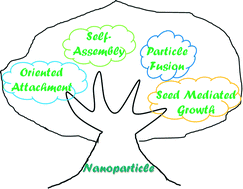
CrystEngComm, 2015,17, 6796-6808
https://doi.org/10.1039/C5CE00417A
Rational design of one-dimensional vanadium(V) oxide nanocrystals: an insight into the physico-chemical parameters controlling the crystal structure, morphology and size of particles
This highlight deals with the recent advances on the synthesis in aqueous solution of one-dimensional vanadium(V) oxide nanocrystals.
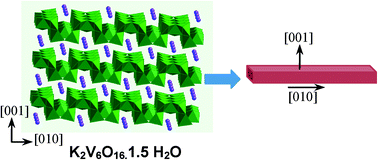
CrystEngComm, 2015,17, 6780-6795
https://doi.org/10.1039/C5CE00554J
Synergy of Mg2+ and poly(aspartic acid) in additive-controlled calcium carbonate precipitation
Distinct synergistic effects of poly(aspartic acid) and magnesium ions found during CaCO3 precipitation are important for biomineralisation and antiscaling strategies.
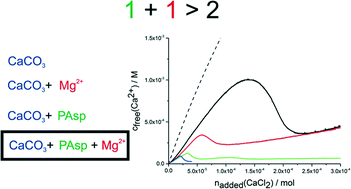
CrystEngComm, 2015,17, 6857-6862
https://doi.org/10.1039/C5CE00452G
Molecular simulation of oligo-glutamates in a calcium-rich aqueous solution: insights into peptide-induced polymorph selection
Advanced simulation methods show how glutamate oligomers prestructure Ca ions and induce structural motifs in correspondence with calciumoxalate pseudopolymorphs.
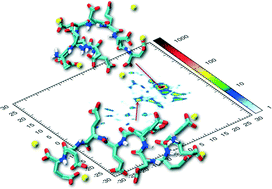
CrystEngComm, 2015,17, 6863-6867
https://doi.org/10.1039/C5CE00676G
Pseudomorphic transformation of amorphous calcium carbonate films follows spherulitic growth mechanisms and can give rise to crystal lattice tilting
Tuning the pseudomorphic transformation of calcium carbonate allows for the generation of crystal lattice tilting similar to that found in calcareous biominerals.
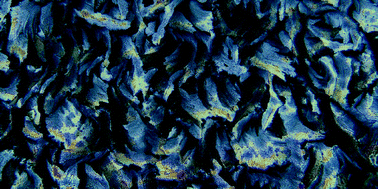
CrystEngComm, 2015,17, 6831-6837
https://doi.org/10.1039/C5CE00441A
Regiospecific growth of Au on a concave PtZn nanocube forming an Au–PtZn surface mosaic nanocube and an Au–PtZn octapod
Regioselective growth of a heterophase on facet-controlled nanocrystals is an indispensable step towards generation of geometrically well-defined heteronanoarchitectures.
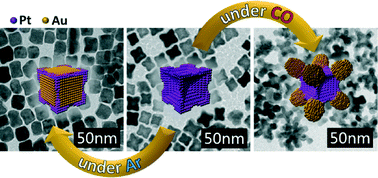
CrystEngComm, 2015,17, 6838-6842
https://doi.org/10.1039/C5CE00429B
Synthesis of size-controlled PtCu@Ru nanorattles via Pt seed-assisted formation of size-controlled removable Cu template
A facile synthetic strategy has been developed for size-controlled PtCu@Ru nanorattles via co-decomposition of Ru and Cu precursors in the presence of Pt nanoparticles.
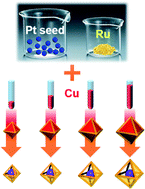
CrystEngComm, 2015,17, 6852-6856
https://doi.org/10.1039/C5CE00398A
One step synthesis of hierarchical dendritic Pt nanostructures with a concave Pt octahedron building unit via simultaneous vertex growth and facet etching
The one step synthesis of hierarchical dendritic Pt nanostructures with a concave Pt octahedron building unit is demonstrated.
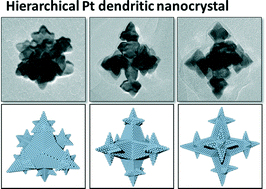
CrystEngComm, 2015,17, 6848-6851
https://doi.org/10.1039/C5CE00438A
One pot synthesis of octahedral {111} CuIr gradient alloy nanocrystals with a Cu-rich core and an Ir-rich surface and their usage as efficient water splitting catalyst
A facile one pot synthetic route has been developed to obtain octahedral CuIr nanocrystals with Ir-rich {111} facets, which show high catalytic activity toward oxygen evolution reaction.

CrystEngComm, 2015,17, 6843-6847
https://doi.org/10.1039/C5CE00061K
Aluminum zinc oxide nanostructures with customized size and shape by non-aqueous synthesis
Aluminum-doped zinc oxide (AZO) nanocrystals with high crystallinity and tailored morphology ranging between spherical and rod-like were obtained by non-aqueous reaction at moderate temperatures.

CrystEngComm, 2015,17, 6878-6883
https://doi.org/10.1039/C5CE00629E
Controlling alloy formation and optical properties by galvanic replacement of sub-20 nm silver nanoparticles in organic media
Galvanic replacement is a versatile synthetic strategy for the synthesis of alloy and hollow nanostructures.
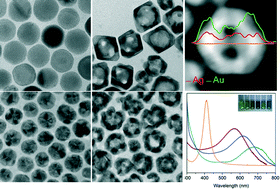
CrystEngComm, 2015,17, 6999-7005
https://doi.org/10.1039/C5CE00659G
In situ high temperature X-ray diffraction, transmission electron microscopy and theoretical modeling for the formation of WO3 crystallites
The structural transformation of WO3 at high temperatures.
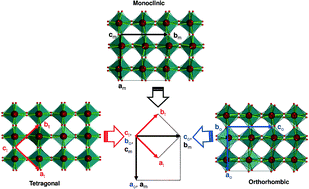
CrystEngComm, 2015,17, 6985-6998
https://doi.org/10.1039/C5CE00526D
Matching the organic and inorganic counterparts during nucleation and growth of copper-based nanoparticles – in situ spectroscopic studies
Closing the loop: initially, the reactivity of benzyl alcohol determines the nucleation of Cu nanoparticles, but as soon as they start to form they begin to catalyze the condensation of benzyl alcohol to dibenzylether.
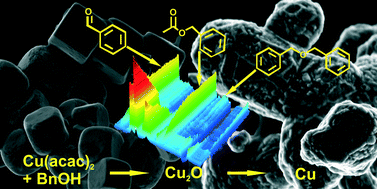
CrystEngComm, 2015,17, 6962-6971
https://doi.org/10.1039/C5CE00454C
A comprehensive study on the mechanism behind formation and depletion of Cu2ZnSnS4 (CZTS) phases
High efficiency kesterite based solar cells have vigorously raised the research interests in this material.
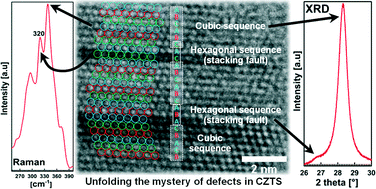
CrystEngComm, 2015,17, 6972-6984
https://doi.org/10.1039/C5CE00661A
Formation of Rh frame nanorods using Au nanorods as sacrificial templates
Formation of Rh frame nanorods was studied using Au nanorods having high-index facets as sacrificial templates.
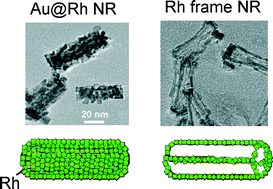
CrystEngComm, 2015,17, 6955-6961
https://doi.org/10.1039/C5CE00357A
Initial reaction steps during flame synthesis of iron-oxide nanoparticles
Early particle formation in iron pentacarbonyl doped low-pressure flames is observed by complementary experiments and confirmed by detailed numerical simulations.
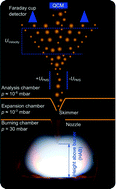
CrystEngComm, 2015,17, 6930-6939
https://doi.org/10.1039/C5CE00456J
Calcite nucleation on the surface of PNIPAM–PAAc micelles studied by time resolved in situ PXRD
Nanocrystalline calcite is formed under the influence of block copolymers containing thermoresponsive PNIPAM and a mineralization controlling block of poly(acrylic acid) and the nanocrystal formation kinetics studied by in situ X-ray diffraction.
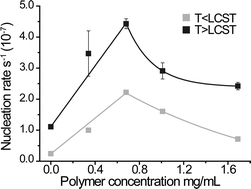
CrystEngComm, 2015,17, 6940-6946
https://doi.org/10.1039/C5CE00424A
Tuning of morphology and polymorphs of carbonate/polymer hybrids using photoreactive polymer templates
Crystallization of inorganic carbonates on photolithographic polymer matrices led to development of inorganic/organic hybrid materials with photo-controlled and self-organized structures.
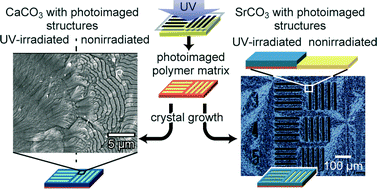
CrystEngComm, 2015,17, 6947-6954
https://doi.org/10.1039/C5CE00451A
In situ total X-ray scattering study of the formation mechanism and structural defects in anatase TiO2 nanoparticles under hydrothermal conditions
The in situ PDF method provides detailed information about the formation and growth mechanisms of TiO2 anatase nanoparticles under hydrothermal conditions.
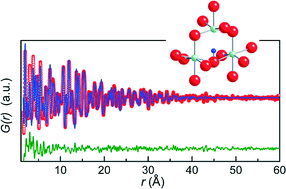
CrystEngComm, 2015,17, 6868-6877
https://doi.org/10.1039/C5CE00544B
Formation mechanism of magnetic–plasmonic Ag@FeCo@Ag core–shell–shell nanoparticles: fact is more interesting than fiction
The formation mechanism of Ag@FeCo@Ag core–shell–shell nanoparticles which are synthesized by the combination of a multi-step hot injection method and a polyol method was investigated by comparing several different derivative NPs such as Ag@FeCo, Ag@Co, Ag@Fe and FeCo NPs.
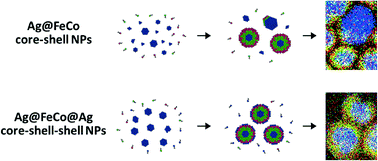
CrystEngComm, 2015,17, 6923-6929
https://doi.org/10.1039/C5CE00394F
Complete study of the composition and shape evolution in the synthesis of Cu2ZnSnS4 (CZTS) semiconductor nanocrystals
This article describes a complete study of the evolution of composition (from binary to quaternary) and shape (0D–1D) during the synthesis of CZTS nanocrystals.
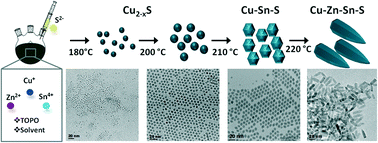
CrystEngComm, 2015,17, 6914-6922
https://doi.org/10.1039/C5CE00497G
Molecular modeling of (10![[1 with combining macron]](https://www.rsc.org/images/entities/char_0031_0304.gif) 0) and (000
0) and (000![[1 with combining macron]](https://www.rsc.org/images/entities/char_0031_0304.gif) ) zinc oxide surface growth from solution: islands, ridges and growth-controlling additives
) zinc oxide surface growth from solution: islands, ridges and growth-controlling additives
Zinc oxide surface growth in ethanolic solution leads to nanoscale islands for (000![[1 with combining macron]](https://www.rsc.org/images/entities/char_0031_0304.gif) ) faces and ridged growth fronts for (10
) faces and ridged growth fronts for (10![[1 with combining macron]](https://www.rsc.org/images/entities/char_0031_0304.gif) 0) growth. This provides a detailed basis for analysing the selective binding of additives for growth control.
0) growth. This provides a detailed basis for analysing the selective binding of additives for growth control.
![Graphical abstract: Molecular modeling of (10 [[1 with combining macron]] 0) and (000 [[1 with combining macron]] ) zinc oxide surface growth from solution: islands, ridges and growth-controlling additives](/en/Image/Get?imageInfo.ImageType=GA&imageInfo.ImageIdentifier.ManuscriptID=C5CE00358J&imageInfo.ImageIdentifier.Year=2015)
CrystEngComm, 2015,17, 6890-6894
https://doi.org/10.1039/C5CE00358J
Interface-controlled calcium phosphate mineralization: effect of oligo(aspartic acid)-rich interfaces
The phase behavior of an amphiphilic block copolymer based on a poly(aspartic acid) hydrophilic block and a poly(n-butyl acrylate) hydrophobic block was investigated at the air–water and air–buffer interface.
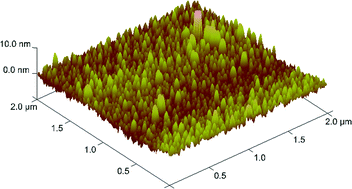
CrystEngComm, 2015,17, 6901-6913
https://doi.org/10.1039/C4CE02274B
Surfactant-free synthesis of SrTiO3 hierarchical structures in ethanol/water mixed solvent at room temperature
SrTiO3 hierarchical structures can be synthesized in ethanol/water mixed solvent at room temperature without using any structure-directing templates.
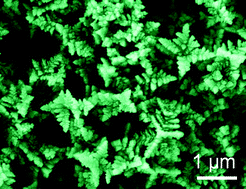
CrystEngComm, 2015,17, 6895-6900
https://doi.org/10.1039/C4CE02228A
From oligomers towards a racemic crystal: molecular simulation of DL-norleucine crystal nucleation from solution
We elucidate the evolution of forming nuclei leading towards a racemic molecular crystal by means of computer simulation.
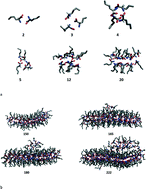
CrystEngComm, 2015,17, 6884-6889
https://doi.org/10.1039/C4CE02078B
About this collection
Guest Edited by Professor Georg Garnweitner (Technische Universität Braunschweig), Dr Denis Gebauer (University of Konstanz) and Professor Markus Niederberger (ETH Zurich), this themed issue focuses on novel insights and fundamental studies on the formation of nanocrystals, including amorphous intermediates, in both liquid and gas phase systems.